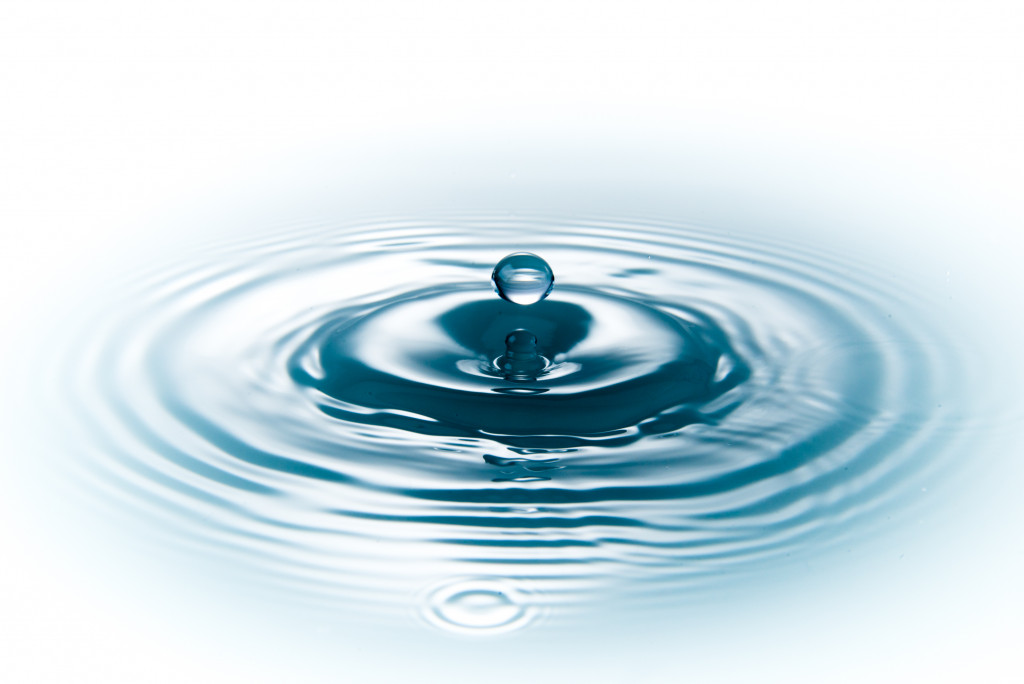- Understand your home’s water usage to identify any potential issues.
- Install low-flow fixtures to reduce water consumption.
- Monitor meters and leak detection devices to prevent costly damage.
- Utilize rainwater collection systems for additional savings.
- Utilize a well pump for efficient access to groundwater.
Water conservation is an essential part of responsible homeownership. Not only does it reduce your water and energy costs, but it also helps protect the environment. You can save water in your home in many ways, from minor adjustments to more significant investments. Using these water-saving strategies can dramatically decrease your household’s water consumption. This article will discuss utilizing water-saving techniques best to maximize your savings and help protect the environment.
Understand Your Home’s Water Usage
Whether it’s for drinking, cooking, bathing, or cleaning — you use a lot of water daily. One way to minimize water consumption is by understanding where it goes each month. Take a look at your household bills and check for any unusual patterns that suggest there may be an issue with one of your appliances or fixtures. Even if there are no abnormalities present, taking note of the amount of water used over time can help you better understand your overall water usage.
Install Low-Flow Fixtures
To reduce the amount of water used in your home, consider installing low-flow fixtures throughout your property. A range of products is available on the market, from showerheads and faucets to toilets and dishwashers. These efficient systems will help conserve water without compromising performance or quality — saving you money in the long run.
Monitor Meters and Leak Detection Devices

Another way to ensure you’re not wasting any precious H2O is by monitoring meters and leak detection devices around your home. If there are any signs of a potential leak, such as an increase in water use or an unusually high bill, it’s essential to get the problem fixed as quickly as possible. By monitoring meters and leak detection devices, you can catch any potential issues before they become more prominent, potentially saving you hundreds (or even thousands) of dollars.
Utilize Rainwater Collection Systems
For those who live in areas with plenty of rainfall, rainwater collection systems are a great way to reduce your dependency on municipal water supplies. These systems collect rainwater for future use and can be used for everything from watering plants to filling pools or washing cars. Installing a rainwater collection system also helps preserve natural resources — making it a win-win situation for everyone!
Utilize a Well Pump
If your home is connected to a well, you can reduce your water consumption by utilizing an electric submersible well pump. This device is designed to lift and move water from the bottom of a well or other body of water into your home. It can be used in conjunction with an existing system for improved efficiency or to replace a standard pump that is no longer working. They can help you save water by operating at a lower pressure than other pumps, reducing wasted water.
Commonly Asked Questions
How can I save water outside my home?

One of the best ways to save water outside your home is by using an automatic sprinkler system that uses weather-based technology to adjust your watering schedule. This allows you to use only the water needed, reducing waste and helping preserve natural resources. Replacing older grass with drought-resistant plants or installing a rain barrel system can help conserve even more H2O.
What easy changes can I make in my kitchen to reduce water usage?
In the kitchen, fix any leaking faucets or pipes immediately and switch out old showerheads for low-flow models that use less water but still provide a good flow. You can also opt for dishes and glasses instead of running the tap when washing dishes or filling a cup with water. Additionally, never let the faucet run while you’re brushing your teeth or doing other tasks in the kitchen — it’s an easy way to save some water!
How does installing a low-flow showerhead help save water?
Low-flow showerheads reduce the water used per minute during a shower, which helps conserve water over time. The U.S. Environmental Protection Agency recommends using a flow rate of 2 gallons per minute or lower to ensure maximum water savings.
How often should I check my pipes for leaks?
You should check under your sinks, around appliances and fixtures, and along exposed pipes for any signs of leakage at least once every six months or after large storms or plumbing work has been done in the home. Fixing leaking pipes promptly will help prevent costly damage resulting from water waste.
To Wrap It Up
By following the steps outlined above, you can ensure you’re using as little water as possible in your home. From understanding your usage patterns to installing low-flow fixtures and utilizing rainwater collection systems, there are plenty of ways to help conserve this precious resource while still enjoying all its benefits.

